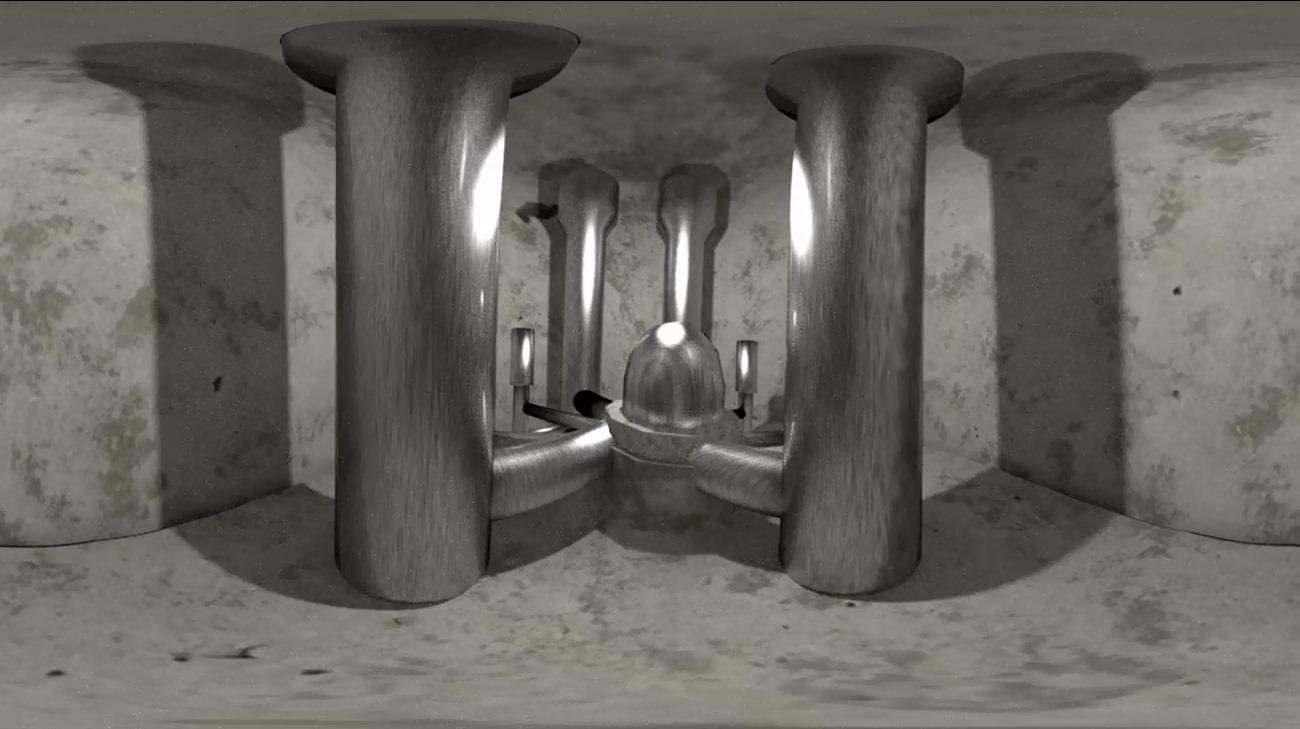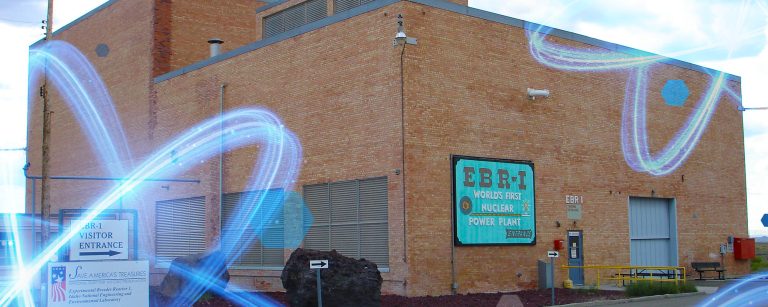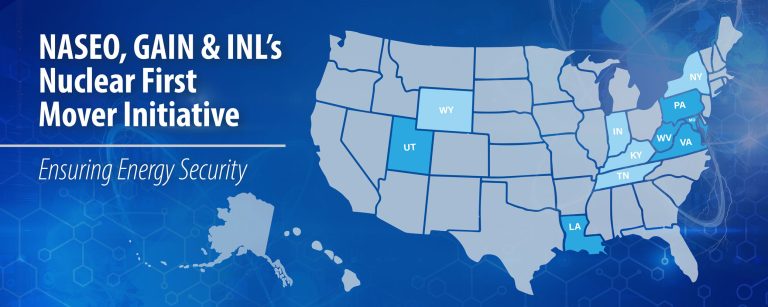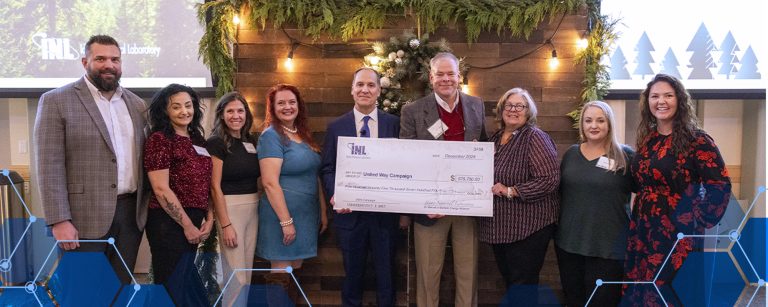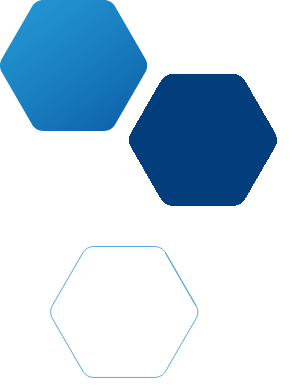INL adds MASTODON to growing open-source modeling and simulation library
IDAHO FALLS — Idaho National Laboratory recently expanded its library of MOOSE-based, open-source modeling and simulation software with the MASTODON code. This code helps scientists and engineers design buildings and other structures to better withstand seismic events.
MASTODON is the short name for the Multi-hazard Analysis for STOchastic time-DOmaiN phenomena. It is a finite element application that calculates the realistic response of soil and structures to earthquakes in three dimensions. With capabilities to simulate “source-to-site” earthquake energy release, the software tool enables detailed analyses of earthquake fault rupture, nonlinear seismic wave propagation, and nonlinear soil-structure interactions.
“The MASTODON code gives facility designers and engineers an effective 3-D tool for designing earthquake-resistant structures that meet the strictest standards put forth by both the American Society of Mechanical Engineers and the Nuclear Regulatory Commission, and this is just the beginning,” said Justin Coleman, lead seismic scientist in INL’s Nuclear Systems Design and Analysis division. “We’ll be continually developing the code as a platform to improve its performance-based seismic risk assessment.”
MASTODON can be found via INL’s site on the open-source software hosting service GitHub at https://github.com/idaholab/mastodon.

